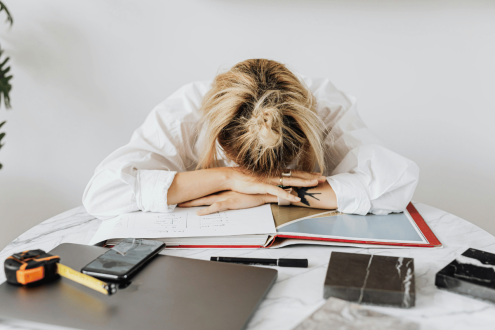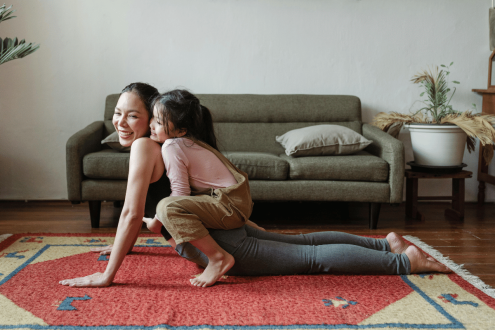Medicine for your mind: finding the joy of movement
It’s empowering – and a privilege – to inhabit a healthy body and be able to move it, discovers Annabel Chown
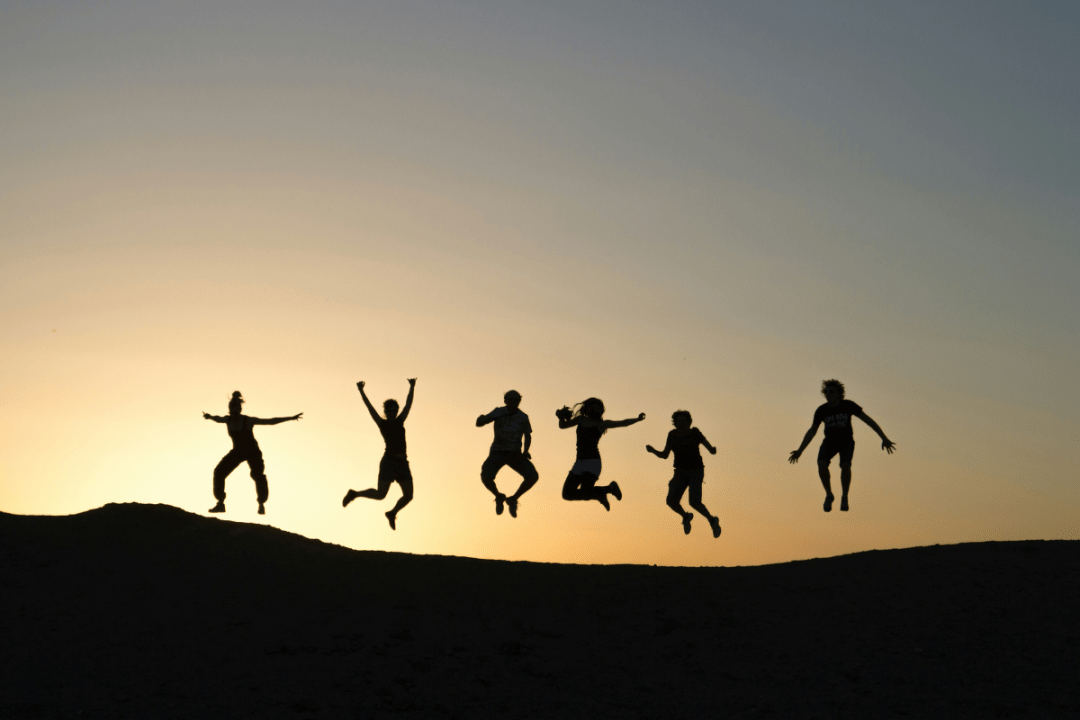
Aged nine, at my school’s sports day, we ran a race in threes, each little group encircled by a plastic hoop. My team came last, and the other two girls shouted at me for being so slow. This experience deepened my already low level of enthusiasm for anything sports-related.
By my teens, my friends and I often sloped off to a greasy spoon café near school instead of going to netball or lacrosse. We hid in its dingy basement, smoking Marlboros and eating chips. As a healthy, slim 15-year-old, the notion that exercise was good for my body went right over my head. And back in the 1980s, no one talked about how it could help your mind, too; how it might have been an ally during those years of changing hormones and teenage angst.
In my 20s, I started to dabble: there was the Pilates class, which I found a bit dull; then the gym at my local leisure centre, where I’d pound the treadmill at 8pm after work, arriving home tired but wired. My motivation was entirely superficial: to look good, in the hope this would help me find a boyfriend. At 31, I discovered yoga. The class, with its planks and downward dogs, was challenging. But lying in relaxation at the end, I felt so calm and spacious. Yoga connected me to a part of myself I hadn’t even realised existed.
Six months later, I was diagnosed with breast cancer. During treatment, yoga was my anchor. When I wasn’t too nauseous from chemotherapy, or too exhausted from radiotherapy, I went to class several times a week. Standing in a warrior pose, arms outstretched, I forgot I was a hairless cancer patient. And flowing through a sun salutation, in sync with my breath, helped me connect to the present moment, rather than panic about whether I’d survive.
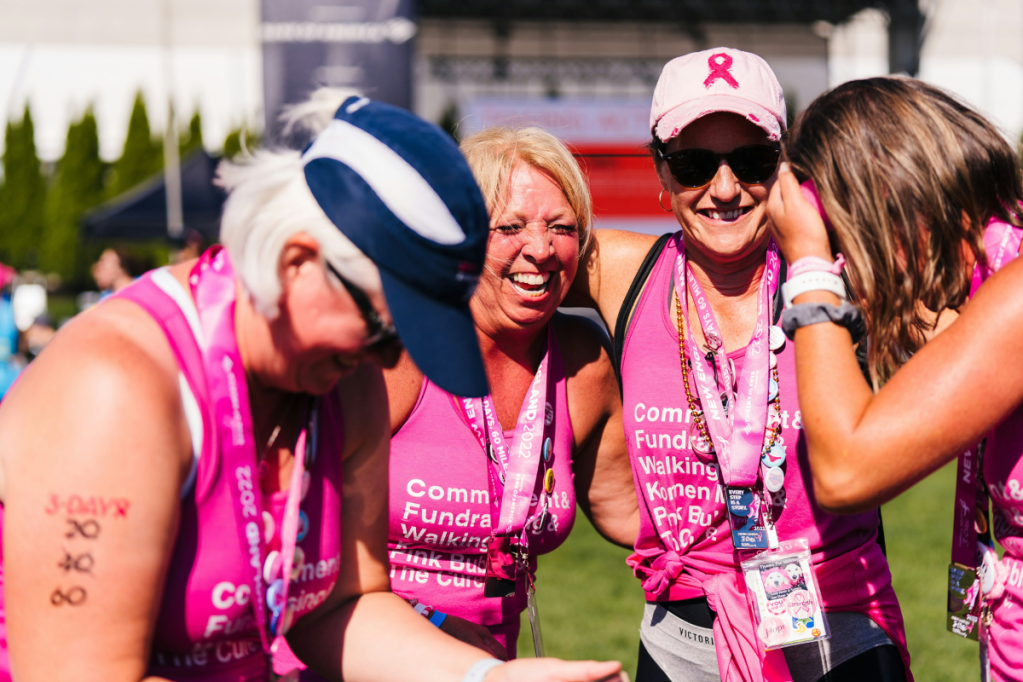
Finally, I understood the potency of movement: medicine for your mind. Lisa Sanfilippo, a psychotherapist, yoga therapist, and the author of Sleep Recovery (Bloomsbury, £12.99), describes how movement ‘can act as a natural antidepressant and anxiety reliever, without negative side effects. I regularly recommend it to my clients, as it can really enhance the benefits of therapy. When you move your body, you shift your mind,’ she says.
Sanfilippo explains how our body and brain are connected through our nervous system. ‘For example,’ she says, ‘there’s a nerve called the vagus, which runs – like a two-way super highway – between our brain and our main organs. It enervates our heart, lungs and digestive system. Ideally, we want to be in what’s called the ventral vagal space, which is where we feel calm, safe, more joyful, and better able to respond to social and intellectual challenges.
But our nervous system can easily become overactivated, for example, when we’re stressed, angry, or agitated. Equally, it can go into shutdown, where we might be lethargic, depressed, or frozen into inertia. Working with our muscles and our breath, in big and in small ways, can help shift us back into the balance of that ventral vagal relational space.
‘Choose your movement accordingly,’ advises Sanfilippo. ‘If your nervous system’s overactivated, a run or a bike ride can be useful to discharge the excess of cortisol and adrenaline. And it’s particularly beneficial to be outdoors, rather than in the gym, because when we look around and orientate to the changing landscape, it helps relax our eyes, which tend to become hypervigilant in activated states. But if we’re in shutdown, we’re better off doing something more soothing, such as a walk, a gentle yoga class, or just freely moving to some flowing, rhythmic tunes.’
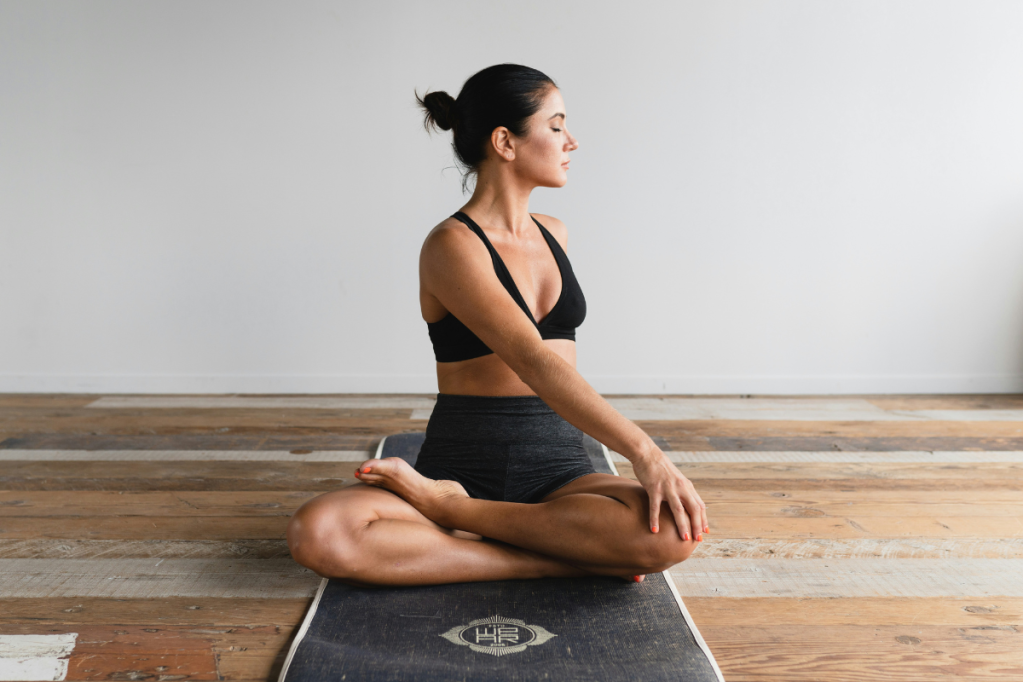
During the two decades since my illness, I’ve moved my body – whose existence I will never take for granted again – almost daily. For several years post-cancer, I chose yoga, or walking lots around London, where I live. As Ben Alldis, a fitness expert and Peloton instructor, and author of Raise The Bar (Octopus, £20), says, ‘It’s really important to create a habit that’s manageable and sustainable.
I always recommend starting small, rather than setting huge goals. I find that once people have got into a routine, they often want to build in more movement.’ He also emphasises the importance of finding something you enjoy: ‘And movement doesn’t need to be a full-on gym workout. It could be a relaxing swim.’
Now I have a young child, time is scarcer, and attending a 90-minute yoga class an occasional treat. But I’ve discovered moving first thing, at home, works well for me, not least as mornings are when my energy levels are highest. But, as Alldis says, ‘Early mornings don’t work for everyone. We all have different body clocks. Some of us function better later in the day, so figure out what’s best for you.’
A year after having my son, I added resistance training, two or three times a week, to my morning movement routine. I began after having my ovaries removed, six months after giving birth. This was a risk-reducing surgery, which plunged me into the menopause, and was recommended because I carry a BRCA1 mutated gene, which put me at high risk of ovarian cancer. While my primary motivation for lifting weights was to protect my bones from osteoporosis and strengthen my core postpartum, I soon fell in love with how energised, uplifted, and empowered moving in this way made me feel.
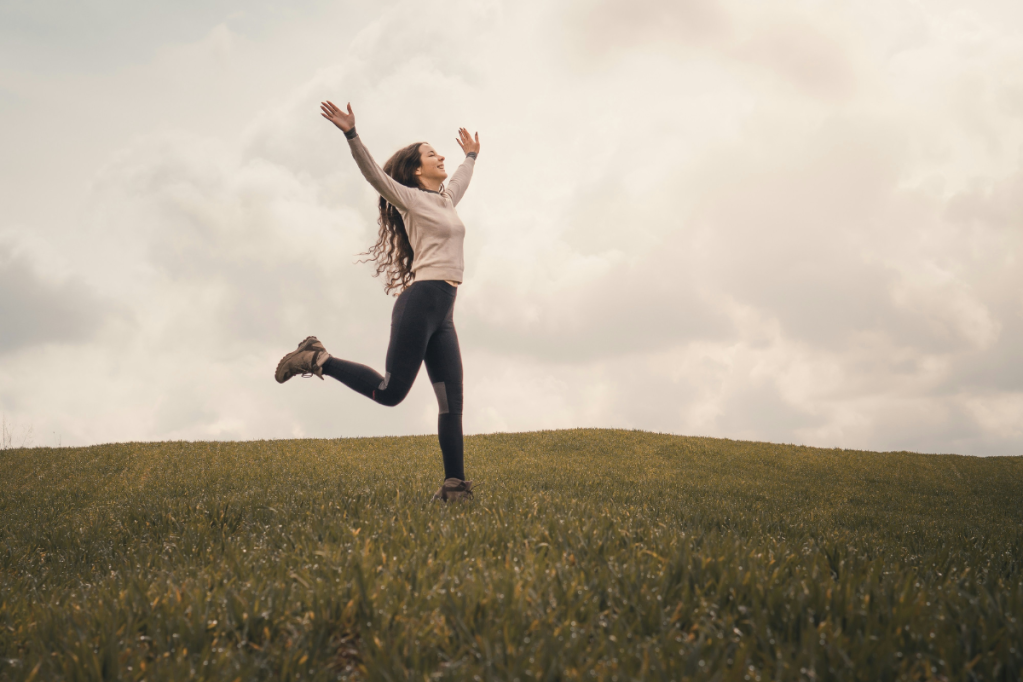
Now in my early 50s, I’m more connected to and at home in my body than I was in my 20s. It’s also strong enough to enable me to lead the life I want to live: be it balancing my five-year-old on my legs in an AcroYoga pose, hiking in the Alps, or lugging home bags of food from the farmer’s market.
And the movement I’m doing today will, I hope, help me keep living a full and independent life for several more decades to come. I want to be able to lift my grandchildren, explore a foreign city by foot for hours, and go out dancing. Such physical freedom will, undoubtedly, enhance my mental wellbeing, too.
One of Alldis’s key mottos is to ‘invest in your future strength’. ‘My approach is all about longevity,’ he says. ‘Because living life with the people you love, and being able to be mobile and active with them in your later years, is so valuable. On the days I don’t feel like moving, I remind myself of this to get motivated.’
Another of his tips is to diarise your movement time. ‘Treat it with the same value as an important meeting with your boss,’ he says. ‘You wouldn’t just not show up to that. Make it top of your priority list, even if it’s just ten-minutes of stretching. Consistently showing up for yourself is powerful: you learn to trust yourself, and know you can show up in other ways, too, like for your dreams or in your relationships.’
One of my key mottos is to ‘move with joy’. Because moving in ways I essentially enjoy creates a habit that’s sustainable. But, as I’ve discovered, there are two types of joy: the easy joy of strolling through a daffodil-strewn park on a beautiful spring morning or dancing to a favourite Pet Shop Boys track in my living room. And then the gritty joy of holding a plank pose for a minute or two, or stepping back into reverse dumbbell lunges, my leg muscles trembling, my mind thinking, how much longer? Yet, accompanying this resistance is the exhilaration of being alive, and the recognition of what a privilege it is to have a body, and to be able to move it.
Expert advice
Lisa Sanfilippo is a psychotherapist, yoga therapist, and a sleep recovery expert. She is the author of Sleep Recovery: The Five-Step Yoga Solution To Restore Your Rest (Bloomsbury, £12.99), and Yoga Therapy For Insomnia And Sleep Recovery (Jessica Kingsley, £24.99). lisasanfilippo.com
Ben Alldis is a fitness expert and a Peloton instructor. He is also author of Raise The Bar: How To Push Beyond Your Limits & Build A Stronger Future You (Octopus, £20). An ex-private equity analyst, he took the leap into following his passion for movement, and its ability to help create a healthy mind and body, after a year battling skin cancer. benalldis.com

